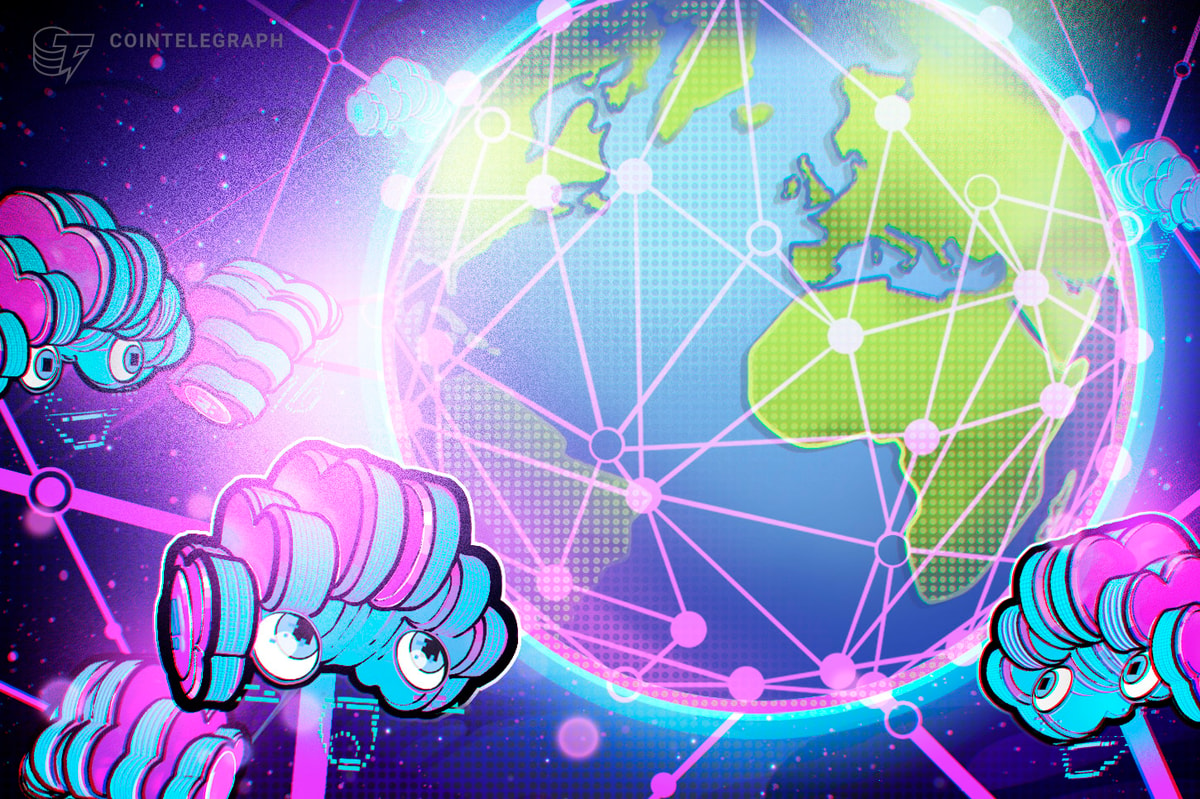Opinion by: Gaurav Sharma, CEO of io.net
Although artificial intelligence remains to be in its infancy, it has already led to significant scientific and technological breakthroughs throughout the developed world. Unfortunately, these developments come at a price: the harmful centralization of AI.
Forbes' 2025 list of the 50 largest private AI corporations are all based within the developed world, with 80% based within the United States.
AI stays focused on well-capitalized tech giants within the developed world.
For many in emerging markets, the worth of entering the AI revolution is prohibitive. We have to make sure that innovation and AI development is accessible to the widest possible range of projects.
The imbalance in AI access
The core of the issue lies in access to computing power. Training and deploying large AI models requires massive GPU performance. Supply didn't keep pace, driving the worth of Nvidia's H100 chips to over $30,000.
An ambitious AI research company might spend 80% or more of its resources on computing – resources that would otherwise go to research and development or talent. Well-financed tech giants could raise billions to secure them. The remainder of the world can't try this.
The consequences are far-reaching. AI-driven innovations risk becoming a monopoly technology controlled by a handful of corporations and nations. Promising applications of AI in agriculture, education or healthcare in developing countries may never be realized – not due to an absence of talent, but due to limited access to computers.
Geopolitically, the undersupply of computing power is starting to resemble an oil or silicon shortage. Nations without sovereign access to computing power can be forced to import it, creating dependencies on countries that is probably not aligned with their national goals and exposing importers to foreign energy and real estate markets. These dependencies threaten economic competitiveness and national security.
The Dangers of Centralizing AI Influence
If access to computers stays concentrated in developed countries, this can even have an effect.
Breakthrough AI technology, from LLMs to diffusion models, can be shaped by the identical perspectives that limit diversity and include systemic risks. Developing countries risk being prevented from contributing to or benefiting from the technology that dominates the worldwide economy.
Centralization ensures that revenue flows disproportionately to those with privileged access, forsaking smaller players, often those that develop locally relevant tools. Over time, barriers to competition within the AI market could evolve right into a destabilizing oligopoly and deter developing countries from major industrial transformation. Concentrated infrastructure control has at all times led to bias, and AI can be no different.
Create balance with decentralized data processing
The solution to the challenges of accessibility and centralization is surprisingly easy: computer marketplaces built on blockchain. Just as Uber unlocks unused cars and Airbnb unlocks guest rooms, decentralized computing marketplaces unlock underutilized hardware. The result’s lower prices and a more diverse and resilient ecosystem of suppliers and consumers.
The crucial role of blockchain
Without blockchain, this model wouldn’t be possible. Tokens are the coordination and trust layer that aligns incentives in decentralized physical infrastructure networks (DePINs). Leading DePINs require computer providers to stake tokens to incentivize reliability, with penalties imposed for downtime. Developers pay in tokens, enabling seamless transactions across borders.
For hardware providers, tokenized rewards create fairer economics: they reward machine owners based on usage, providing previously unavailable revenue without sacrificing their core purpose. For developers, access to cheaper computing power is an incentive to participate and innovate in AI. This creates a positive feedback loop – the more participants join the decentralized computing market, the more cost-effective and abundant computing becomes.
Facing the challenges
Some critics have argued that decentralized computing is just not as powerful as hyperscalers, citing latency and quality concerns. The reality looks completely different. DePINs offer competitive performance in latency, concurrency and throughput. Techniques reminiscent of intelligent workload routing, mesh networking, and tokenized high availability incentives help maintain performance and dynamically optimize it based on workload requirements.
Additionally, certain DePINs feature transparent network explorers, allowing developers and investors to confirm performance claims in real time. These mechanisms help make DePINs much more reliable and cost-effective than traditional providers.
DePINs are also more diverse than hyperscaler offerings. Today, over 13 million devices are online, allowing developers to access a big selection of hardware and find the suitable tool for his or her AI projects, from powerful cloud GPUs to dedicated edge devices.
A level playing field for AI
We have a narrow window to define the technological landscape for future generations. Many US and Chinese corporations could have taken the lead, but decentralized computing marketplaces offer a promising alternative. By reducing costs and expanding access, start-ups, scale-ups, researchers and corporations around the globe can compete on a more equal footing. Emerging economies can develop models for their very own languages, healthcare systems, cultural beliefs and financial needs.
The query is just not whether decentralization is vital, but fairly the right way to attract developers worldwide to this chance while increasing the variety of corporations listing their excess computing power on DePINs. Only through the decentralization of knowledge processing can AI turn into truly accessible and function many individuals as possible, and not only entrenched oligopolies.
Opinion by: Gaurav Sharma, CEO of io.net.
This article is for general information purposes and is just not intended to constitute, and mustn’t be construed as, legal or investment advice. The views, thoughts and opinions expressed herein are those of the creator alone and don’t necessarily reflect the views and opinions of Cointelegraph.

